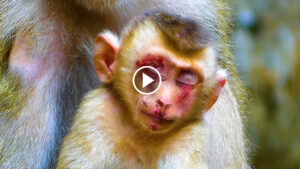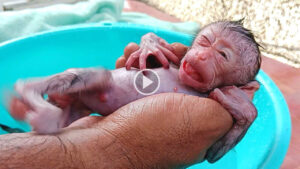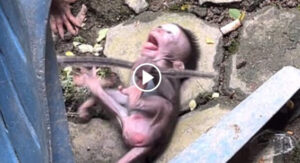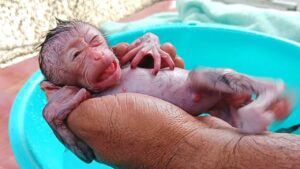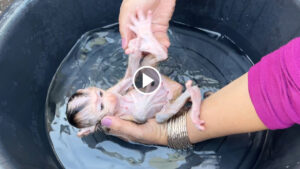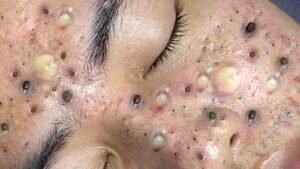Mango worms (also known as *Cordylobia anthropophaga* or Tumbu flies) are parasites that burrow under a dog’s skin, causing painful lumps that can become infected. If your dog is suffering from a mango worm infestation, here are the steps to safely treat them:
### 1. **Seek Veterinary Help**
While some cases can be treated at home, it is always best to consult a veterinarian, as mango worm infestations can lead to complications like infections or other parasites. A vet can remove the larvae safely and prescribe medications to prevent further issues.
### 2. **Manual Removal of Mango Worms**
If you can’t immediately visit a vet, you may need to manually remove the worms. Here’s how to do it:
– **Prepare Materials**: You’ll need sterile gloves, antiseptic, tweezers, or a syringe without a needle.
– **Clean the Area**: Use an antiseptic to clean the area around the lumps where the mango worms have burrowed.
– **Squeeze Gently**: Apply gentle pressure on either side of the lump to push the worm toward the surface. Be careful not to rupture the larvae inside the skin, as this can cause infection.
– **Use Tweezers**: Once the worm’s head is visible, carefully use tweezers to pull it out. Ensure that the entire worm is removed.
– **Clean the Wound**: After the worm is removed, thoroughly clean the wound with antiseptic. Apply a topical antibiotic cream to prevent infection.
– **Bandage**: If necessary, cover the wound with a light bandage to protect it from dirt or further irritation.
### 3. **Medications**
– **Antibiotics**: Your vet may prescribe antibiotics to prevent or treat infections caused by the infestation.
– **Anti-inflammatory Medication**: This can help relieve pain and inflammation associated with the worm infestation.
– **Flea and Tick Preventatives**: Although mango worms are not caused by fleas, these preventatives may help reduce other skin parasites and keep your dog healthy.
### 4. **Preventing Future Infestations**
– **Keep the Dog’s Environment Clean**: Mango worms are common in tropical and subtropical regions, especially in unsanitary conditions. Regularly clean your dog’s bedding and living space to prevent flies from laying eggs.
– **Avoid Fly-Infested Areas**: Try to keep your dog away from areas with high fly populations, especially where flies tend to lay eggs on the ground or dirty fabrics.
– **Inspect Your Dog Regularly**: After walks or outdoor play, especially in tropical regions, inspect your dog’s skin for any signs of lumps or sores that could indicate an infestation.
– **Use Repellents**: Use veterinary-recommended fly repellents or sprays to protect your dog from flies that can lay eggs on their skin.
### 5. **Aftercare**
– **Monitor Healing**: Keep an eye on the treated areas and make sure they heal properly without signs of infection (redness, swelling, pus, or foul odor).
– **Regular Checkups**: Follow up with your veterinarian to ensure there are no lingering issues or signs of reinfestation.
Treating a mango worm infestation quickly and carefully is essential for your dog’s health and comfort. In cases of severe infestations, infections, or if you’re uncomfortable removing the worms yourself, professional veterinary care is crucial.
